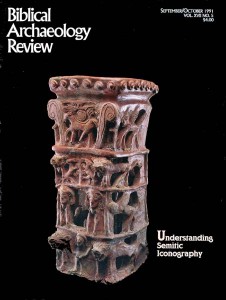The Oxford Dictionary of Byzantium
Alexander P. Kahzdan, Editor-in-Chief (New York and Oxford: Oxford Univ., 1991) 3 vols., 2,283 pp., 125 illustrations, $275.00
The raw data alone are overwhelmingly impressive: 5,200 entries by 127 experts from 17 countries; a small-print catalogue of bibliographic abbreviations that runs for 24 pages and includes items in at least a dozen languages; frequent illustrations, maps, plans, genealogical tables; three volumes totaling ten and a half pounds. Underpinning this parade of statistics are the expertise of the contributors; the range, depth and clarity of the coverage; the editorial precision; and a distinct aura of authority in this meticulously produced monument of cooperative scholarship.
No aspect of Byzantine civilization, from the foundation of Constantinople (325 A.D.) to its capture by the Ottoman Turks (1453 A.D.) is omitted: art and architecture, theology, history and government, hagiography, literature, trade and economics, ecclesiastical policy, social history and daily life, Islamic influences, major sites and monuments from Egypt to the Balkans, Ravenna to Georgia. The editor acknowledges making a “selection … among saints, patriarchs, writers”; nonetheless, there are 13 “Basils” (a name meaning “imperial,” “royal”)—including an archbishop of Seleukeia and Basil the Bastard, a tenth-century emperor and art patron—and 22 “Theodores” (meaning “God’s gift”), a truly divine bounty of holy men, emperors and theologians.
Already a library member? Log in here.
Institution user? Log in with your IP address.

